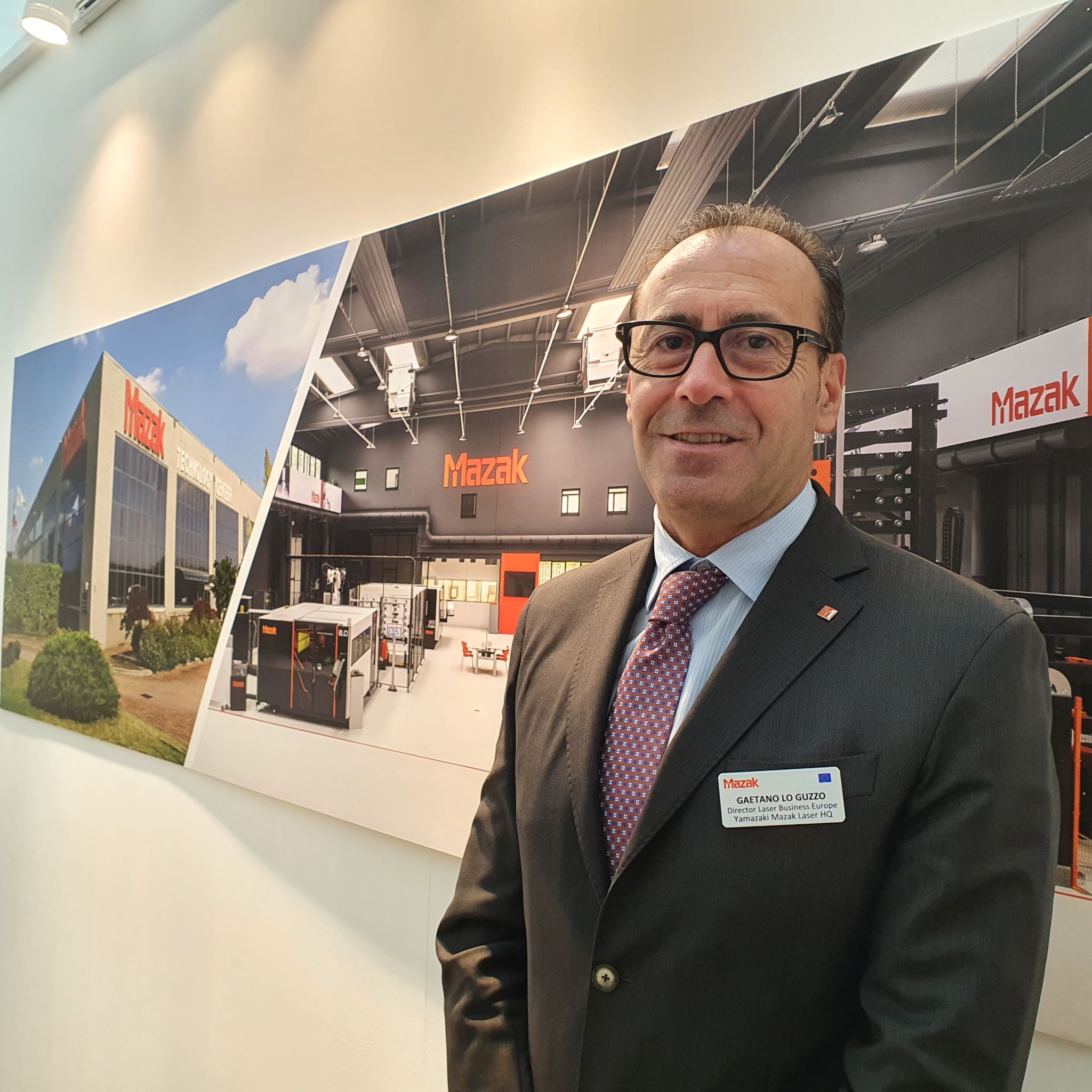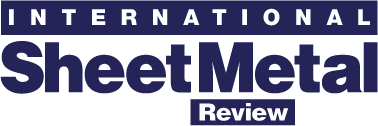
At the sharp edge
Submitted by:
Sara Waddington
Established more than a century ago in Japan, Yamazaki Mazak (or Mazak) is a global specialist in laser-cutting equipment. Over its long history, the company has set up ten production plants and multiple sales subsidiaries worldwide, with 14 of them in Europe.
Mazak stormed into this October’s EuroBLECH 2022 sheet-metal exhibition in Hanover, Germany, with new sheet and tube fibre laser-cutting systems, innovative beam-shaping laser technology and improved control software. It has also made several significant strategic investments into European markets, including new European Technology Centres, this year in Italy and Denmark.
ISMR sat down with Gaetano Lo Guzzo, Director Laser Business Europe, Yamazaki Mazak, at the exhibition to discuss the company’s latest new laser technologies, strategic initiatives, investment plans and market outlook.
====
ISMR: Please outline any new strategic investments and the reasons for these?
Gaetano Lo Guzzo (GLG): At the end of last year, we completed and refurbished our new European Technology Centre (ETC) Laser alongside our subsidiary in Cerro Maggiore near Milan (Italy). It is dedicated to laser technology and showcases our broad product range. It houses new offices, as well as a large demonstration centre/showroom. The rising importance of our European subsidiaries, as well as new developments in laser-cutting technology, ultimately led to the creation of this dedicated site.
The new facility also features a Clean Room for maintenance operations on optical components (such as cutting heads, torches and other technological solutions relating to laser-cutting machines). The showroom also includes a nitrogen generator that, with a gas mixer, enables our engineers to develop new cutting technologies and improve processes/performance. A CAD/CAM corner demonstrates Mazak software technology.
From Italy, our main task is to support our fourteen local sister companies across Europe. We offer new laser technology with continuous power enhancements so that users can cut different metal types. With such high speeds and power from our fibre lasers, automation is needed to feed through the sheet etc. So, our ETC Laser also displays automation systems and highlights the benefits of automation to customers.
We opened a new office and another new Technology Centre in Denmark this May. We also recently opened offices in Romania, Austria and Portugal. Our wish is to be as close as possible to our customers.
ISMR: Which new technologies are you promoting at EuroBLECH in Hanover?
GLG: We have developed several new laser-cutting models in the last 18 months and two of them are here on our stand at EuroBLECH. Both are being exhibited for the first time at a public exhibition. One is a new fibre laser-cutting machine for sheet metal, the OPTIPLEX 3015 NEO, and the other is a new fibre laser-cutting system for tube, the FG-400 NEO.
What is very new for both machines is the type of laser source they use, which employs beam-shaping technology. This allows users to modulate the shape of the laser beam based on the cutting conditions e.g. material type, material thickness, type of contour etc. We can continuously and progressively moderate the laser beam, which is an important breakthrough. Cutting quality is achieved by controlling the power density concentration of the laser beam, while a wide range of different materials and thicknesses can be accommodated by adjusting the beam’s diameter and shape.
This offers two major benefits: excellent cutting surface and strong stability with a wider window for stable cuts. In the last ten years, fibre technology has been a gamechanger for laser cutting. The beam-shaping technology that we are presenting here gives users the same cutting surface quality as that provided by CO₂ lasers.
For sheet-metal cutting, we offer high-power lasers (15kW) to cut thicker materials, i.e. 50mm aluminium, and reduce cycle times for greater productivity. Another benefit of higher power is that nitrogen can be used for clean cutting (no oxidation). The sheet is then ready to be painted, so it is an environmentally friendly solution. Fibre lasers offer lower CO₂ emissions than CO₂ lasers, as well as lower energy and gas consumption levels.
The OPTIPLEX 3015 NEO for sheet-metal cutting has a new and improved CNC control. The double screen is unique: the main screen controls the machine’s actions (nesting, programming etc.) while the second screen communicates directly with a manufacturer’s ERP system to manage orders, production scheduling etc. This feeds into Industry 4.0 functionality and IoT. OPTIPLEX 3015 NEO also has a new cutting head and an expanded intelligent set-up function with automatic nozzle centring and nozzle check. We have also expanded the number of nozzles in the changer to 24 nozzles.
The new FG-400 NEO fibre laser tube-cutting machine handles large sizes (up to 406mm diameter for round tube and 305 x 305mm for square tube). We have increased the cutting and movement speeds and the machine has a new rotary-tool spindle unit. The machine performs multiple processes including cutting, drilling, flow-drilling and tapping, all in the same machine.
We can also offer a remote diagnostic service via iCONNECT for all our machines. In our estimation, 70-80% of service on laser-cutting machines can be done remotely. This is hugely important for our customers in terms of speed of response, satisfaction rates and reduced costs for them.
ISMR: Which geographic markets in Europe are your targeting? Are there any specific regions of growth?
GLG: Germany is the largest market size for our business. We are also seeing great returns in Italy (in terms of market size). Our results in Italy are the best of all our European markets. The Italian government has been awarding capital machinery incentives for the last few years so Italian manufacturers have invested in more advanced and competitive equipment and are aiming to grow further. Industry 4.0 incentives are also being given out by the Italian government.
We also see strong growth and great potential in central/eastern European markets …..
To see the rest of this interview in the November 2022 issue of ISMR, see https://joom.ag/jq5d/p62
